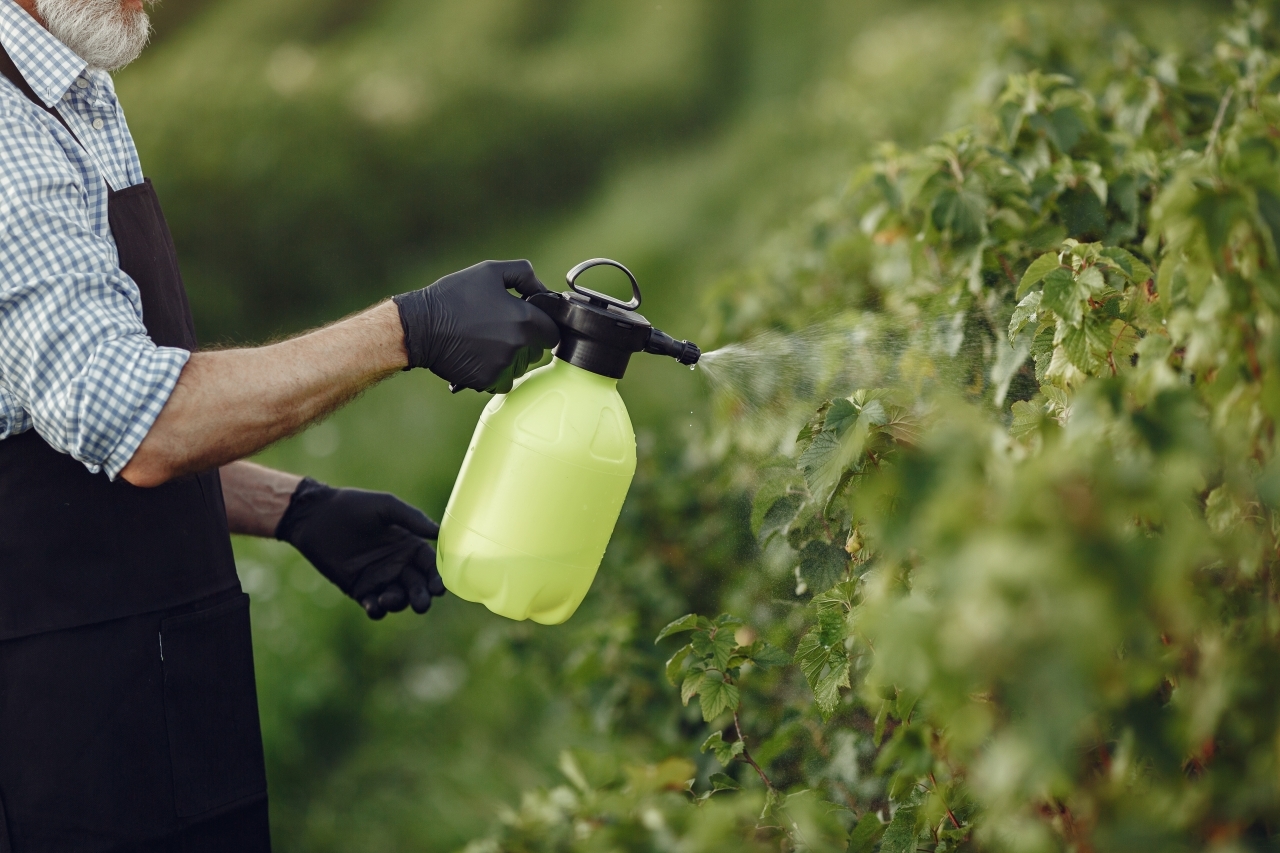In June 2013, China glyphosate production stood at 50,800 tons(another version 41,800tons), down by 4% from previous month due to MEP’s newly enacted measures and periodic overhaul among the manufacturing sites. The current price topped 40,000 Yuan ($6,524 at current exchange rates) per ton last week and most of the Chinese producers have suspended quotation offers.The price is expected to continue to rise due to a deliberate supply shortage and upcoming sales peak.
Over the last several months, the rising price has reinvigorated the indigenous Chinese producers. It is reported that 29 producers have resumed their operation during the busiest time and somewhat present robust exports(see Chemlinked News Release on Jul 23 2013).The cause of this boom in is primarily related to increased demand by overseas markets as 90% of China’s glyphosate is destined for export. Imports of the United States and Brazil have more than doubled in the first half of 2013. (See Table below)
Glyphosate Imported from China by Different Countries in H1 of 2013 | ||||
Countries | Volume (tons) | %Change(YOY) | Value( $ million) | %Change(YOY) |
United State | 56,663 | +120.80 | 277.83 | +193.41 |
Argentina | 32,859 | +35.96 | 179.47 | +87.63 |
Brazil | 31,407 | +143.11 | 160.27 | +187.33 |
Thailand | 27946 | +18.99 | 60.76 | +45.60 |
Indonesia | 13139 | +41.20 | 51.44 | +89.19 |
Nigeria | 19237 | -8.74 | 42.83 | +7.56 |
Vietnam | 18850 | +10.60 | 41.57 | +42.36 |
Australia | 10319 | -32.55 | 37 | -5.35 |
Malaysia | 8271 | +3.04 | 33.27 | +33.13 |
Russia | 12406 | +40.80 | 31.96 | +91.72 |
Ghana | 11441 | -29.26 | 31.02 | -2.24 |
Canada | 6337 | +108.94 | 25.01 | +156.51 |
Uruguay | 6107 | +27.71 | 21.95 | +72.97 |
Japan | 7357 | -0.33 | 19.28 | +24.79 |
Demark | 3168 | -16.50 | 17.83 | +13.28% |
Ukraine | 6552 | -13.01 | 15.56 | +5.28% |
Mexico | 3360 | +452.63 | 12.78 | +508.57% |
Colombia | 3326 | +42.62 | 12.68 | +92.12% |
South Africa | 3185 | +44.18 | 12.38 | +116.81% |
Cote D’Ivoire | 4051 | +74.01 | 12.35 | +109.32% |
Philippine | 4791 | +74.98 | 12.16 | +108.93% |
Ireland | 2082 | -12.37 | 11.13 | +21.24% |
Source: CCPIA | ||||
MEP’s environmental measures targeting Chinese glyphosate producers and ongoing investigations in Zhejiang and uncovered serious environmental violations in Hunan (see ChemLinked News release on Jun 26 2013)have resulted in a decrease China’s annual supply by 70,000 tons. The new judicial interpretation by the justice department (see ChemLinked news release on May 28 2013)has increased the range of violations that constitute environmental crime, which would further deter the production.
Though MEP stated that the verification is on “voluntary base”, non-compliant companies are almost destined to have less and less living space as they would suffer from a battery of policy restraints in in pesticide registration, manufacturing authorization, exporting permit, taxation. As a consequence of these new regulations certain technical requirements such as utilization rate of phosphorus and recovery rate of sodium chloride pose a major hurdle for enterprise wishing to enter this industry as many companies lack the technical competence not to mention the financial stability to meet these increase demands.
Acording to CCPIA’s statistic in 2010, the annual production capacity of glyphosate was 719,000 tons, consisting of 437,500 tons from glycine route and 281,500 tons from IDA route. Though the glycine production process has many advantages due to the availability of raw materials, the IDA route would be less susceptible to the environmental measures because of shorter process flow and reduced pollution. Wynca may maximize its benefit in glycine-oriented production, while Jiangsu Yangnong and Good-harvest will take the advantage in IDA route. The new environmental verification is not all bad news and certain companies with traditionally strong environmental capacity and established waste management infrastructure such as Sanonda will benefit from the damage done to its competitors.
China dominates the global production glyphosate, yet in terms of controlling the price of glyphosate it is at mercy of MNCs. The fluctuating price is caused by erratic purchasing trends and demand from overseas market. It is speculated that the tendency of production decrease would further lift the price to 50,000 Yuan ($8155 at current exchange rates). Nevertheless, the price hike might not be welcomed by all Chinese producers. According to a source, “We do not want sudden rise of the prices as the production expansion would lead to chaotic competition, as what we’ve experienced since 2008.” said a head of listed glyphosate company.




